Responding to Public Displays of Affection
November 17, 2014
Schools across the country are grappling over how to deal with public displays of affection, commonly known as PDA’s.
In Where Students Can’t Hug, Time magazine reporter Steven Gray writes, “Megan Coulter, a Mascoutah, Ill., eighth-grader, served two after-school detentions last week. Her offense? Hugging two friends and therefore violating the Mascoutah Middle School’s ban on public displays of affection.”
In a 2012 Fox news piece, Students Suspended for Hugging, reporter Darlene Hill writes, “A Waukegan teenager has returned to class Tuesday, after he and his girlfriend were suspended for one day for hugging. Kevin Taylor says he gave his girlfriend a simple hug in between classes at St. Martin De Porres High School in Waukegan.”
Such stories are increasingly common, and The Gator thought to investigate Brimmer and May School’s stance on PDA’s.
Dean of Upper School Students Paul Murray says that the handbook doesn’t specifically mention PDAs, but, he adds, “there is some basic human rules in what common decency asks us to do.” Murray also says that this is a very special place, where students’ needs are met socially, athletically, artistically, emotionally, and above all else, academically.
But school is not a place where students need to have their physical needs met. When it comes down to it, when we see students expressing their physical needs, it isn’t appropriate. We recognize that students may want to express them, but they don’t need to express them in school. — Dean of Upper School Students Paul Murray.
The Gator also spoke with several Brimmer and May teachers, interested to hear their thoughts about PDA’s.
To a certain extent, science teacher Chris Hardman understands that friends enjoy showing affection. “We’re all family here,” he said. “I really don’t have a problem with it—on a friendly level. It’s when it becomes romantic that it starts to become uncomfortable.”
Holding hands and hugging are acceptable, Hardman explains, but PDA’s cross a line when the physical contact goes past friendly gestures.
Handholding and hugging are reasonable, says math teacher Peter Slaski, while noting that anything beyond that is inappropriate for a school setting. “It’s really all about gut feelings. If it makes me cringe, then I just want it to stop,” says Slaski. Overall, he thinks that supportive, friendly physical contact is appropriate, but students need to be mindful of the line that can be crossed between affectionate and inappropriate contact.
Similarly, Diversity Coordinate Jessica Christian also says a hello or goodbye kiss is fine —as long as it’s quick and subtle. She also said, “I will stand behind and support any of the rules and regulations the school decides on with regards to this matter.”
School nurse Beth Escobar says that PDA’s are part of human nature. “I think as human beings, public displays of affection are part of who we are,” she says. “We are human beings that need to interact with one another and show love and care.”
All the same, Escobar explains that there is a time and a place for everything—and being aware of your surroundings and actions, especially in a school environment, is extremely important. We are a Pre-K-12 school, so older students have to be especially mindful of setting a good example for the younger kids,” Escobar says.
— By Chardon Brooks ’15, Susanna Calhoun ’15, Diane Lee ’15, Elizabeth Leeder ’15

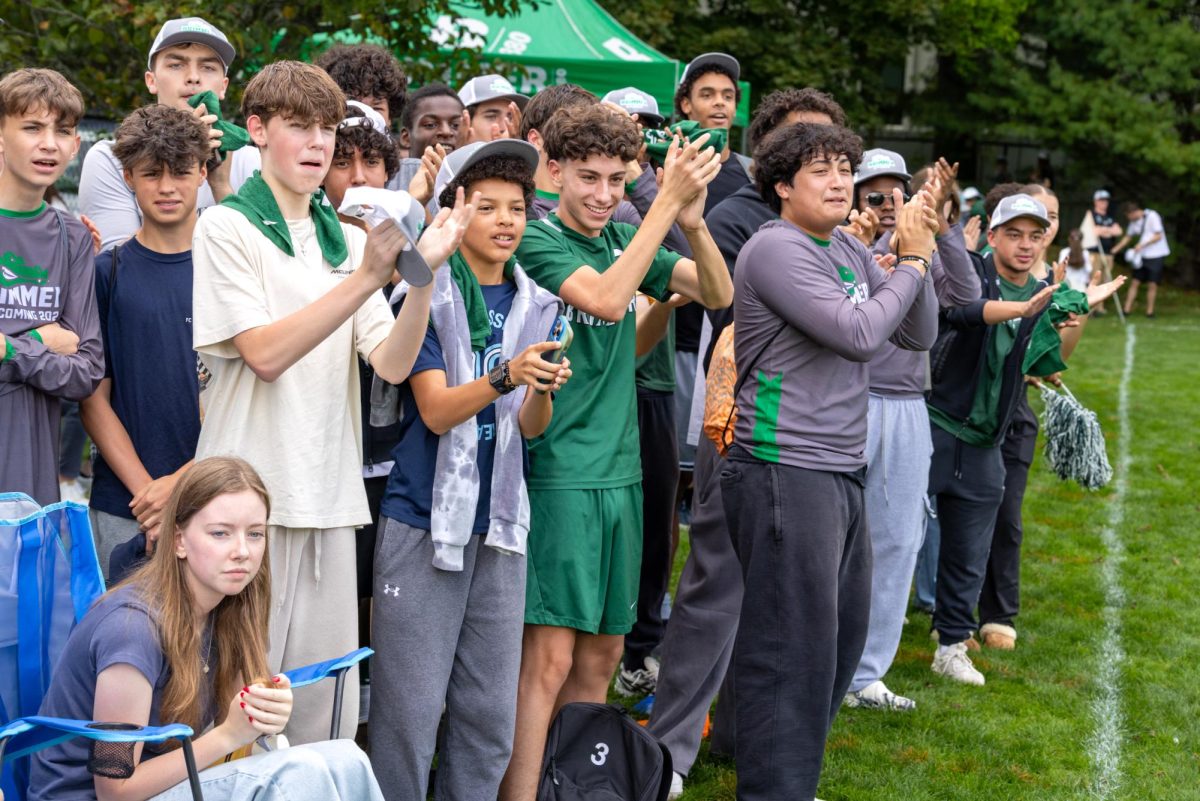
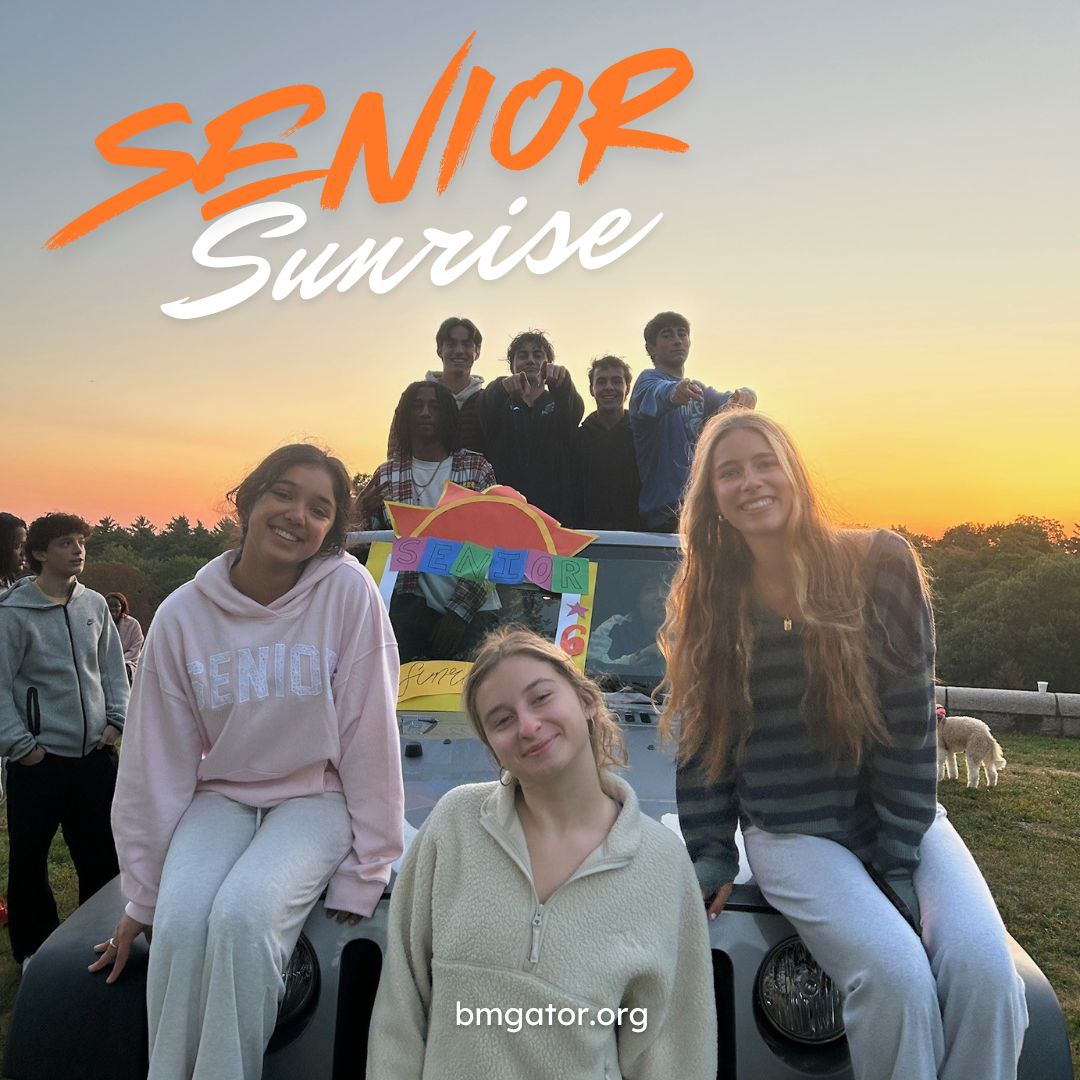


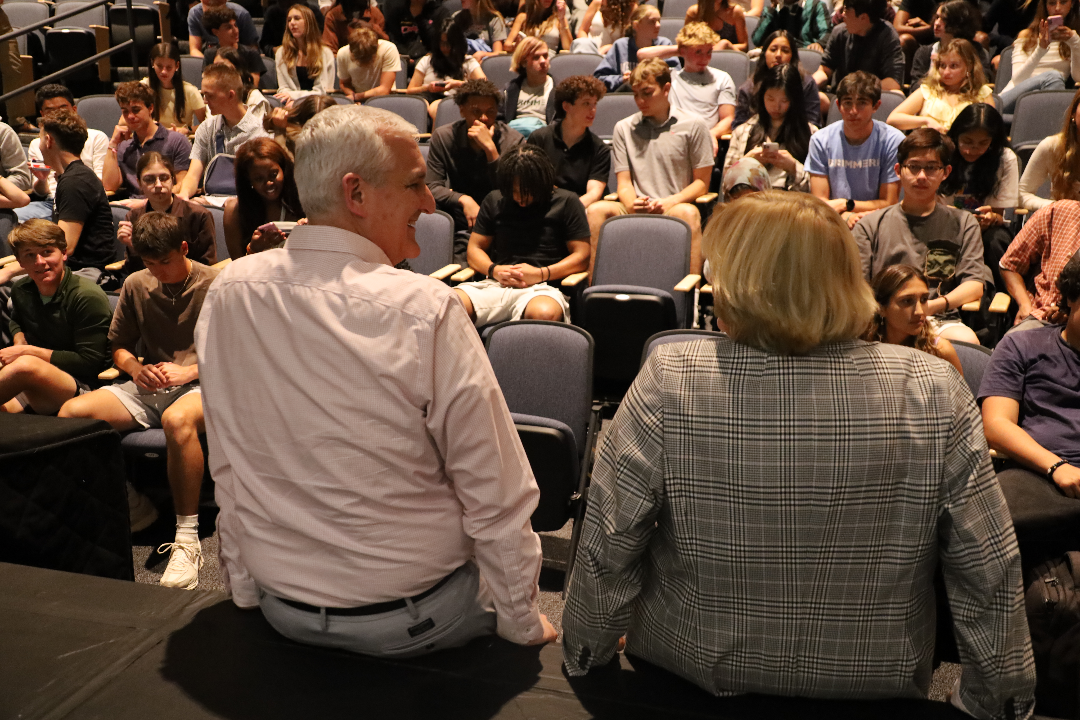



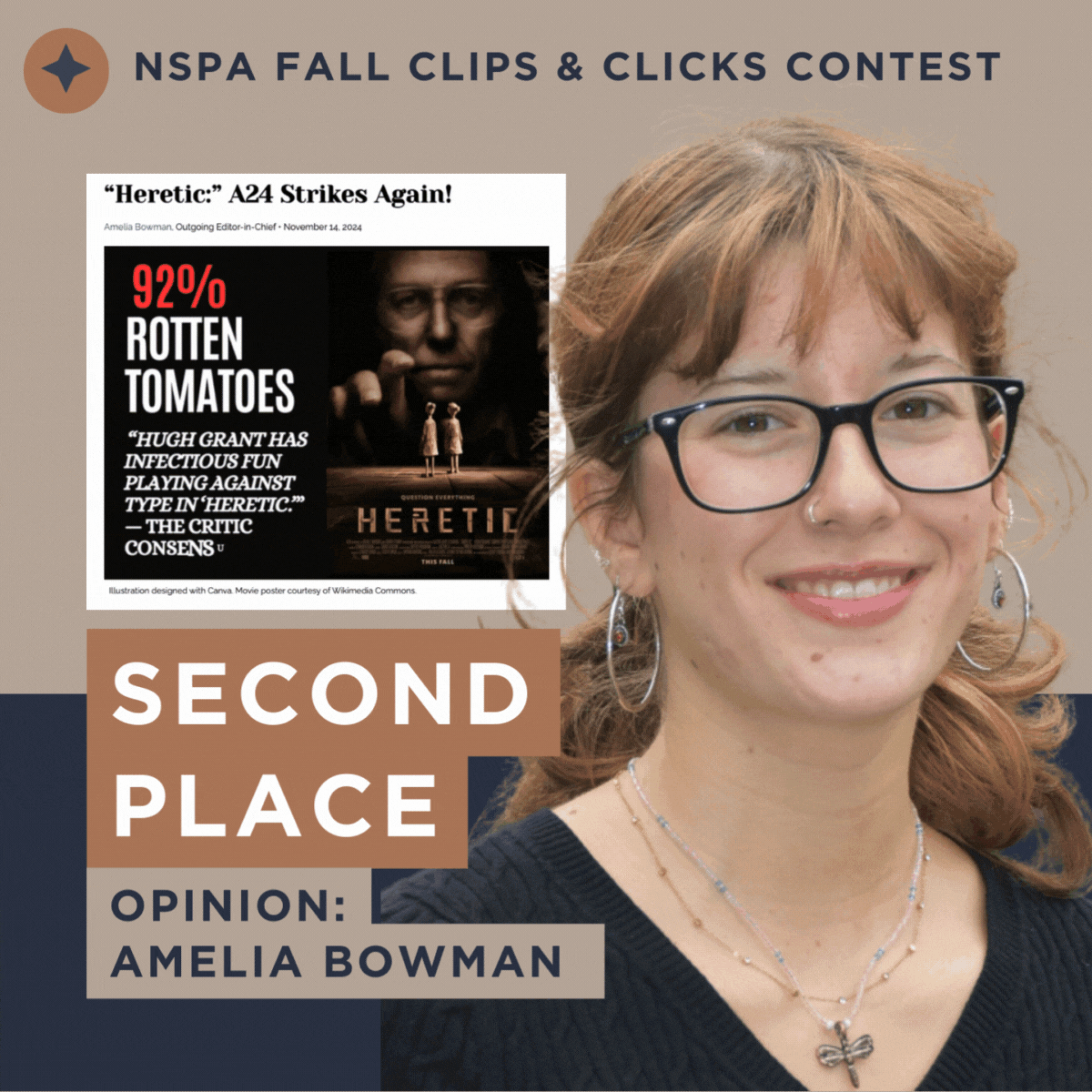





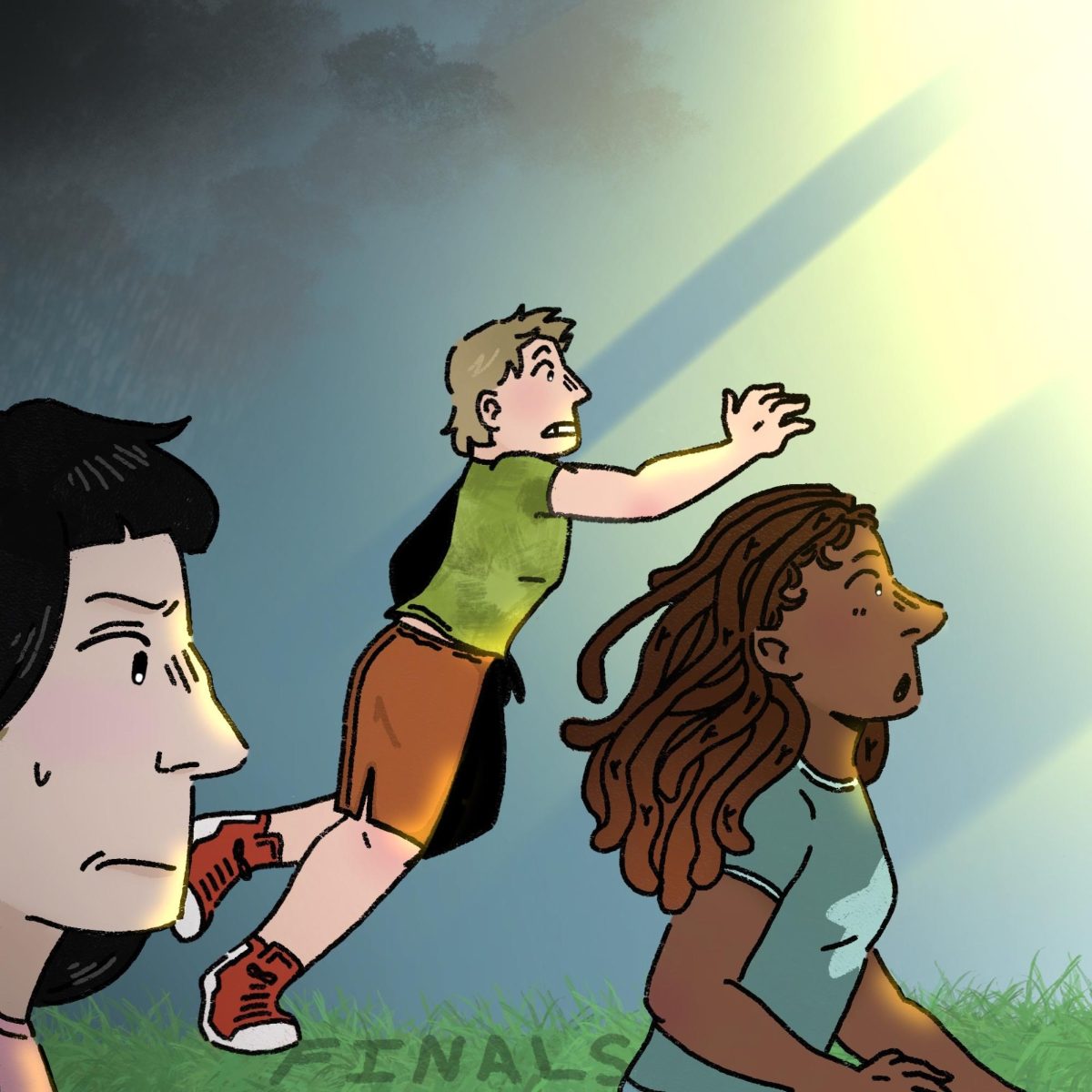












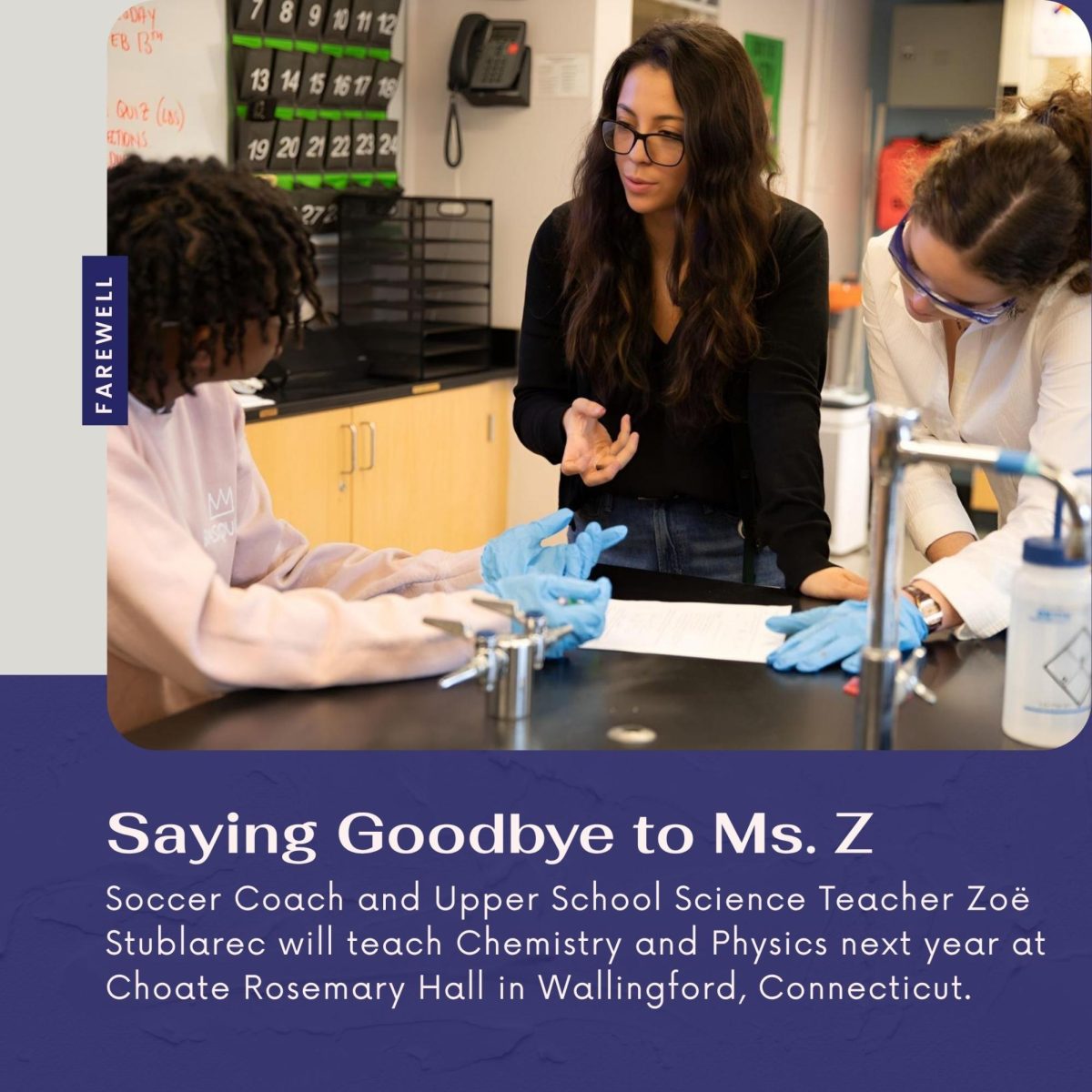





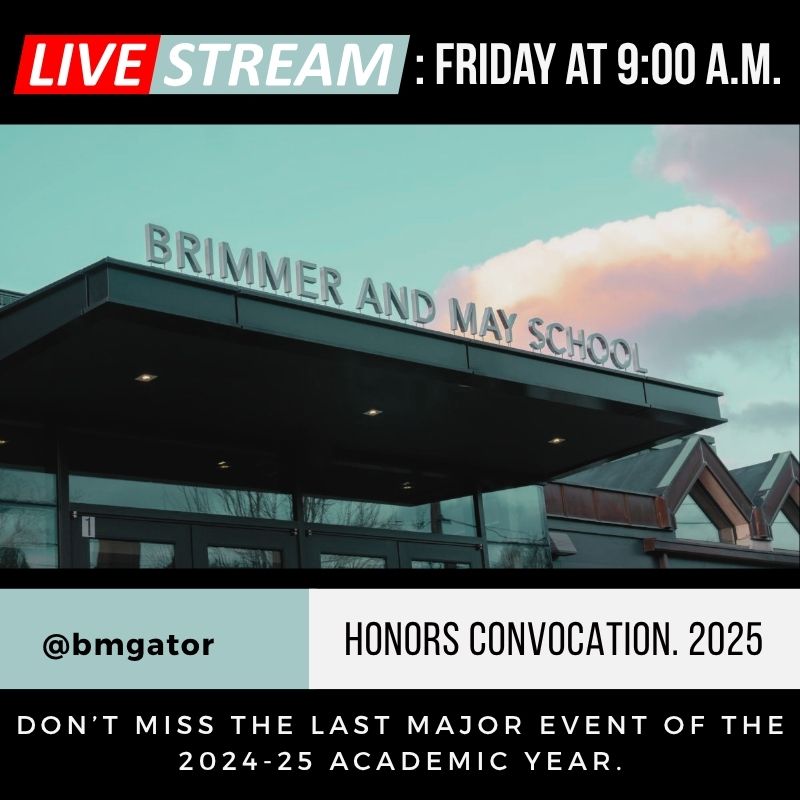




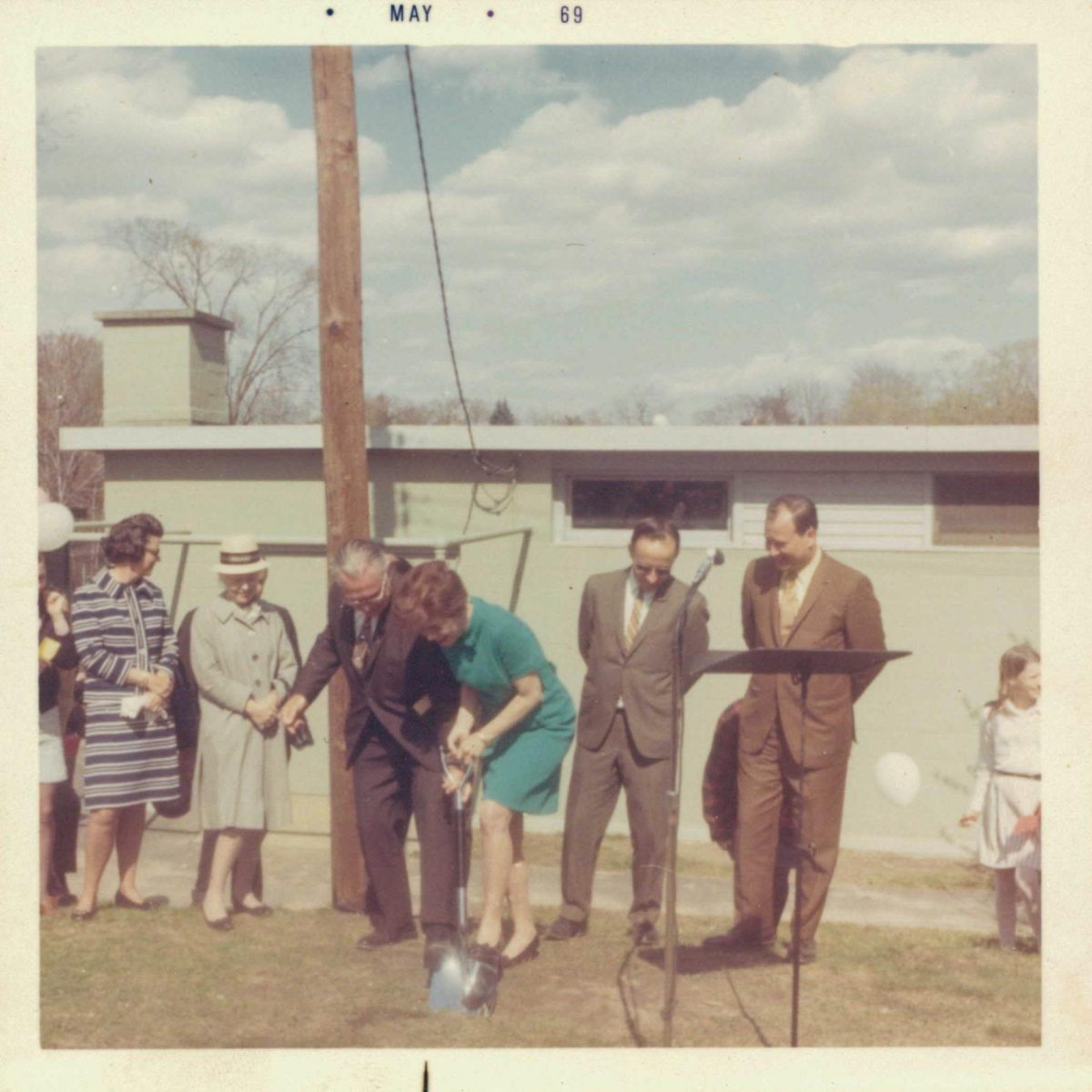


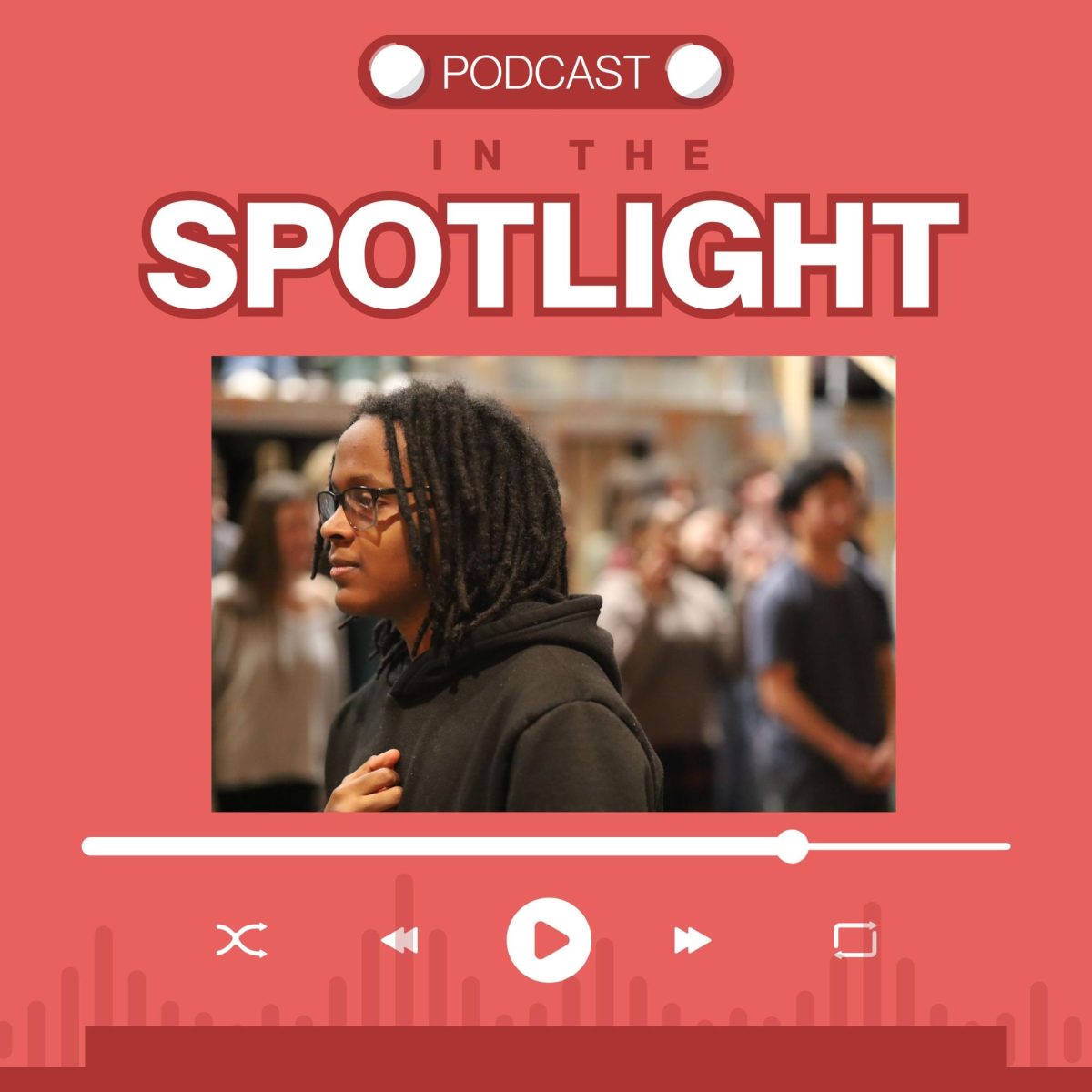









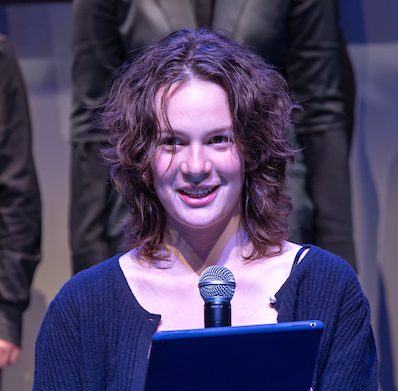




Christine • Nov 21, 2014 at 6:52 pm
Great topic. One that we need to think about as a small community. I’d be surprised if anyone here was against hugging! We’re that kind of a place!